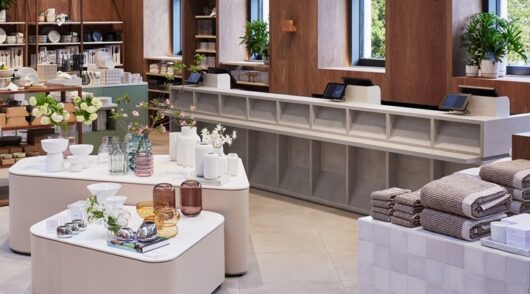Retail spending rose 5.4 per cent year-on-year in March as consumers spent more than $35.3 billion in stores and online, according to data from the Australian Bureau of Statistics (ABS).
Cafes, restaurants and takeaway sales were up 17 per cent followed by food sales at 8.6 per cent, department store sales at 4.7 per cent and clothing, footwear and accessories sales at 3.6 per cent.
Other retailing increased by 1.6 per cent, however household goods sales fell 5.7 per cent year-on-year.
Australian Retailers Association (ARA) CEO, Paul Zahra, said overall retail sales are “slowing” as cost-of-living constraints increase.
“Cost-of-living pressures typically have a lag effect on retail, and we are now witnessing the impact of months of continued interest rate rises and price rises on consumer spending.
“Household goods was the most obvious discretionary category affected by the reduction in spending in March.
“This demonstrates the new spending restraint amongst many Australians but also reflects the stronger growth in that category through the pandemic period.”
He noted other categories such as department store sales and clothing, footwear and accessories sales are “softening” as well.
“It continues to be a truly challenging period – with retailers having to contend with continued rising costs, labour shortages and supply chain issues,” said Zahra.
National Retail Association CEO Greg Griffith said consumers are pulling back on discretionary spending as the cost of living crisis continues to hurt Australian households and retail businesses.
“With inflation running at 7 per cent, annual growth of 5.4 per cent means retailers are actually going backwards, particularly when you take into account increasing rent, wages and input costs.”
He added the rising cost of food including supply and logistics is having a “chronic impact in remote communities” which will lead to food insecurity for many Australians.
- Further reading: Retail sales surge in February – but how much is inflation?






